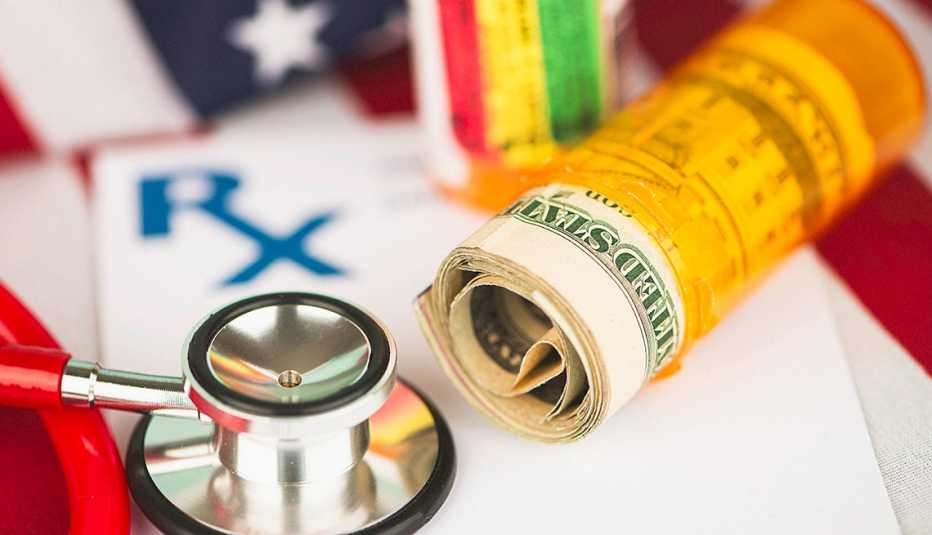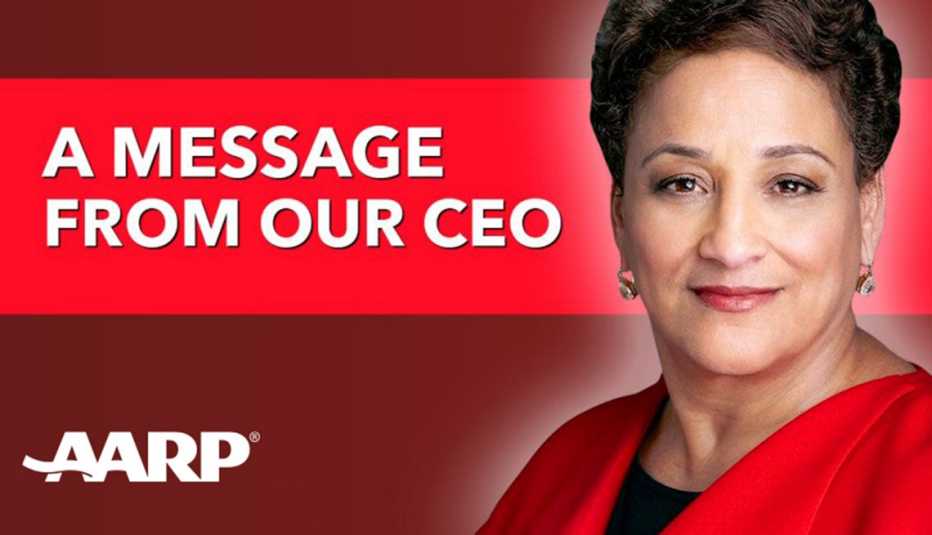Staying Fit
In just two years Vincent Burns has spent about $40,000 on life-saving drugs to keep his cancer at bay, draining his savings. Patricia Munn doesn't understand why she's paying so much for the two insulins she takes every day to stay alive. And William "Mike" McMichael has seen the cost of the blood thinner he needs eat up the small pension he gets after being an EMT and volunteer firefighter for more than three decades.


AARP Membership— $12 for your first year when you sign up for Automatic Renewal
Get instant access to members-only products and hundreds of discounts, a free second membership, and a subscription to AARP the Magazine.
These three individuals are enrolled in Medicare. But they have all been faced with high prescription drug costs that they say increase without warning and that they struggle to afford.
AARP has been fighting to convince Congress to allow Medicare to negotiate the price of prescription drugs directly with manufacturers, cap annual out-of-pocket costs for medications and penalize drugmakers for increasing prices more than inflation.
Polls reveal that the public supports these positions. A 2021 AARP survey of voters age 50 and older found that 87 percent are in favor of allowing Medicare to negotiate prescription drug prices. And a new Gallup poll found that about 18 million Americans were unable to afford at least one prescription drug.
As part of its Fair Drug Prices campaign, AARP has asked older adults to share their prescription drug receipts in an effort to show lawmakers the toll that persistently high prices are taking on them. Here are three stories that illustrate the difficulties individuals face affording their needed medications.
Cancer drug more expensive at home than hospital
When Vincent Burns was first diagnosed with cancer five years ago, he began getting his chemotherapy treatment as a hospital outpatient. The infusions were covered by Medicare Part B, which helps pay for doctor visits and other outpatient services, including the administration of certain medications.
But when doctors decided that the best course would be for the 68-year-old retired business office worker from Matawan, New Jersey, to take his medicine at home — in the form of a pill rather than an infusion — the cost jumped to $1,000 a month.
"I was originally pleased that I didn't have to deal with three hours in a facility and just had to take a pill at home," Burns told AARP. But what he didn't understand was why, just by switching how and where he got his medicine, he went from paying nothing out of pocket to paying thousands of dollars each year.



































































